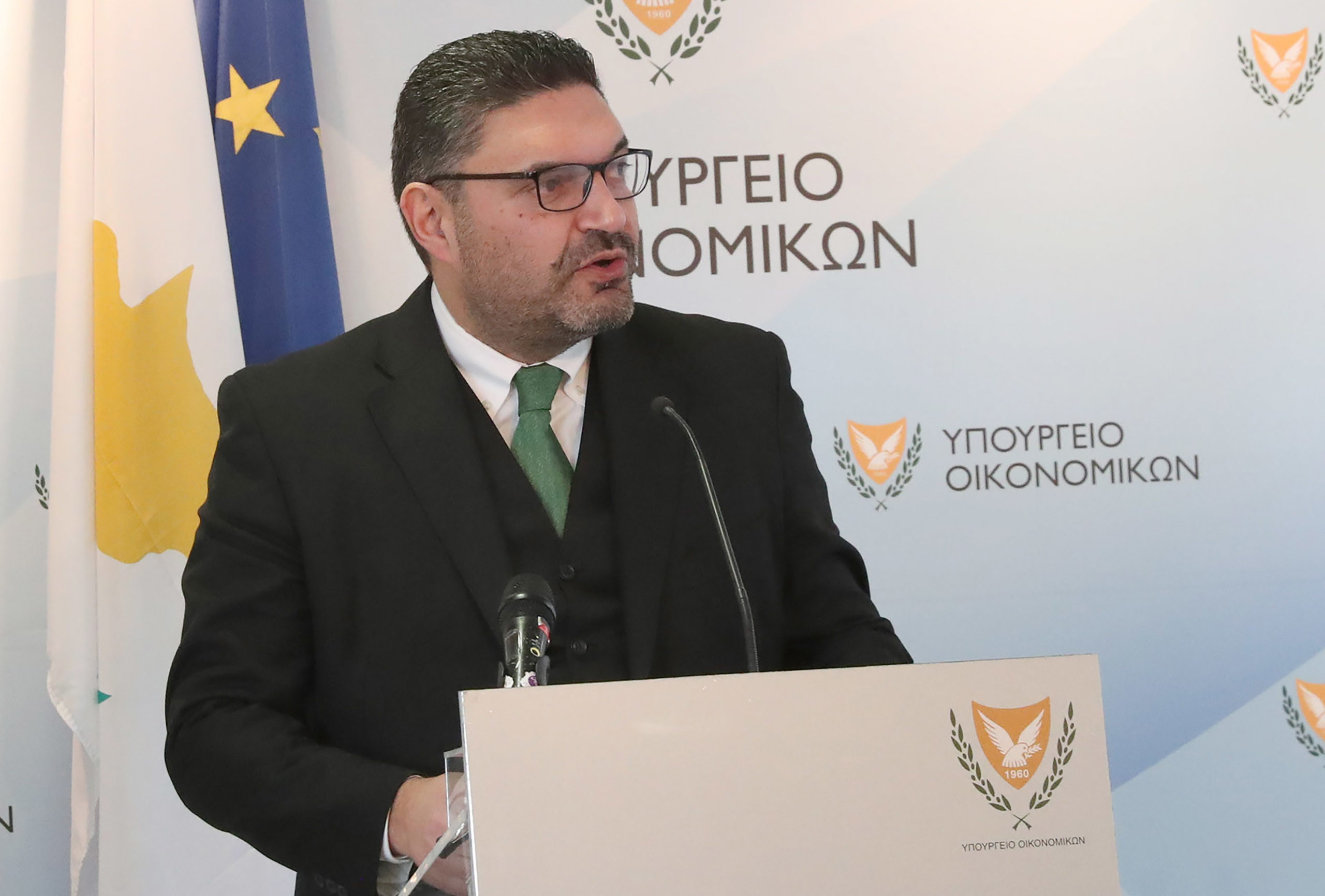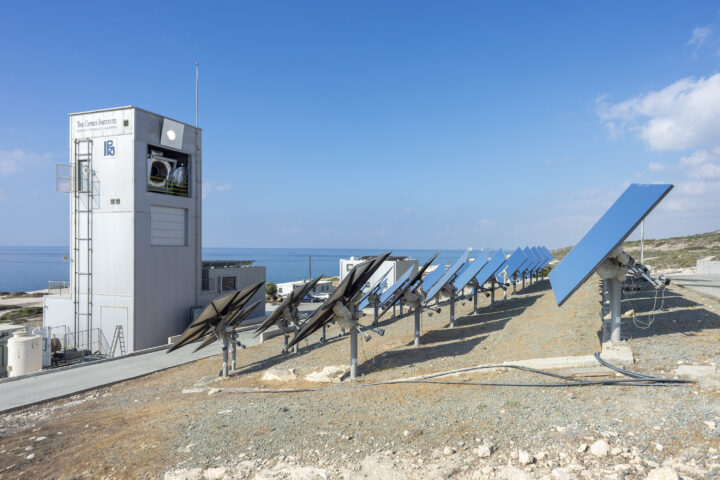By Constantinos Petrides
In 1961, President John F. Kennedy announced the US would set foot on the moon within the next decade.
At that time, the required technology was not available, and nobody had any clue whether this would be possible.
Well, we all know the outcome. Neil Armstrong landed on the moon in 1969, and the term “moonshot thinking” was coined.
Basically, this is about big ideas and ambitions, but also about making the right strategic decisions to make sure that those will be achieved.
In other words, we need to think about where we want the Cyprus economy to be in the next five to ten years and how to get there.
We live in unforeseen and unprecedented circumstances amidst a global pandemic, a great misfortune that has caused chaos worldwide.
A “black swan” event, as I said last year.
As the spread of the pandemic accelerates, especially with new variants, many economies continue to be severely affected, and full recovery seems further delayed, mainly depending on the vaccination rollout speed.
It is an extraordinary situation that demands an extraordinary response.
We have implemented stringent measures of containment to protect our citizens and the public health system.
The Government responded promptly by adopting a comprehensive and generous financial support package to assist businesses and prevent job loss, while widespread defaults and high unemployment has been mainly avoided so far.
Economic growth in 2020 is estimated to have contracted at a rate of -5.1%, significantly less than initially anticipated and compares favourably against other European countries.
A rebound is expected in 2021 of around 3.5%.
Unemployment increased in 2020 given the economic slowdown, but this was only 50 basis points rising to 7.6% of the labour force from 7.1% in 2019.
With the resumption of economic activity in 2021, the unemployment path is expected to reverse and start declining again.
Inflation in 2020 was negative at 1.1%, but it is expected to pick up from 2021 onwards.
Regarding public finances, there was a significant deterioration in 2020, given the slump of economic activity and government revenues, together with an increase in public expenditure.
As a result, there has been a significant increase in public debt, but this is expected to decline.
Cyprus’ recovery is expected to be fully achieved by 2022, with the economy showing signs of resilience.
But there are weaknesses and vulnerabilities.
It brings us to our moonshot and the spaceship.
If I had to squeeze my moonshot for the next decade in a single phrase, it would be:
“A business-friendly green and digital economy that nurtures entrepreneurship, for the benefit of all.”
Not going “green” is not an option.
French President Emmanuel Macron couldn’t have put it better when he said that ‘there is no Planet B’.
There are various scenarios on the impact of climate change on our planet, and I fear that the worst-case scenarios might actually be the baseline ones.
We have to act boldly and fast.
Not going “digital” is also not an option.
The use of new technologies in a rapidly changing world is a prerequisite to remain competitive; otherwise, you risk staying behind.
We need to provide a series of digital services to citizens and, through this digital transformation, transform the fabric of the state itself.
Becoming “green” and “digital” are two fundamental pillars of the new European instrument, the “Recovery and Resilience Facility”, through which the European Commission will raise EUR 750 bln from the markets and distribute these resources to all member states.
As the President of the European Commission said, “this is a step-change in Europe’s approach to be able to borrow at the European level and channel grants to member states”.
In this context, we have recently prepared our National Recovery and Resilience Plan that, apart from the green and digital aspect, includes a series of other structural reforms, spanning from justice and education to local government reform.
This blueprint for our growth policies for the years to come includes a combination of investments and reforms that will be undertaken for six years.
However, we need to absorb the totality of funds, and secondly and most importantly, we need to implement the reforms that come with it properly.
The fact the Government has full ownership of the plan is very important to ensure its implementation.
This is not enough, as the release of funds will depend on the implementation of reforms that require the support of the political parties.
Cyprus’ growth model based on services served us well in the past; however, this might not be sufficient in the future.
We need to develop our services further and make them more attractive.
We also need to diversify the economy further and limit dependency on only a few sectors by emphasising sectors with high value-added in terms of growth and sustainability.
The Cyprus Economy and Competitiveness Council is preparing a growth strategy, identifying challenges, barriers to growth and the reforms needed to unleash the country’s growth potential.
The National Recovery and Resilience Plan and the strategy prepared by the Competitiveness Council are communicating vessels that are moving in the same direction, entirely in line with each other.
This is our compass for exiting the crisis and the modernisation of our economy.
It is up to us to deliver.
Excerpts from the Cyprus Finance Minister’s speech at the 11th Nicosia Economic Congress










